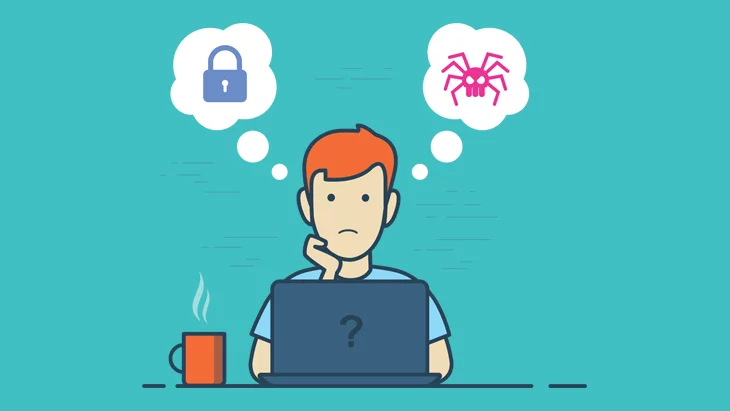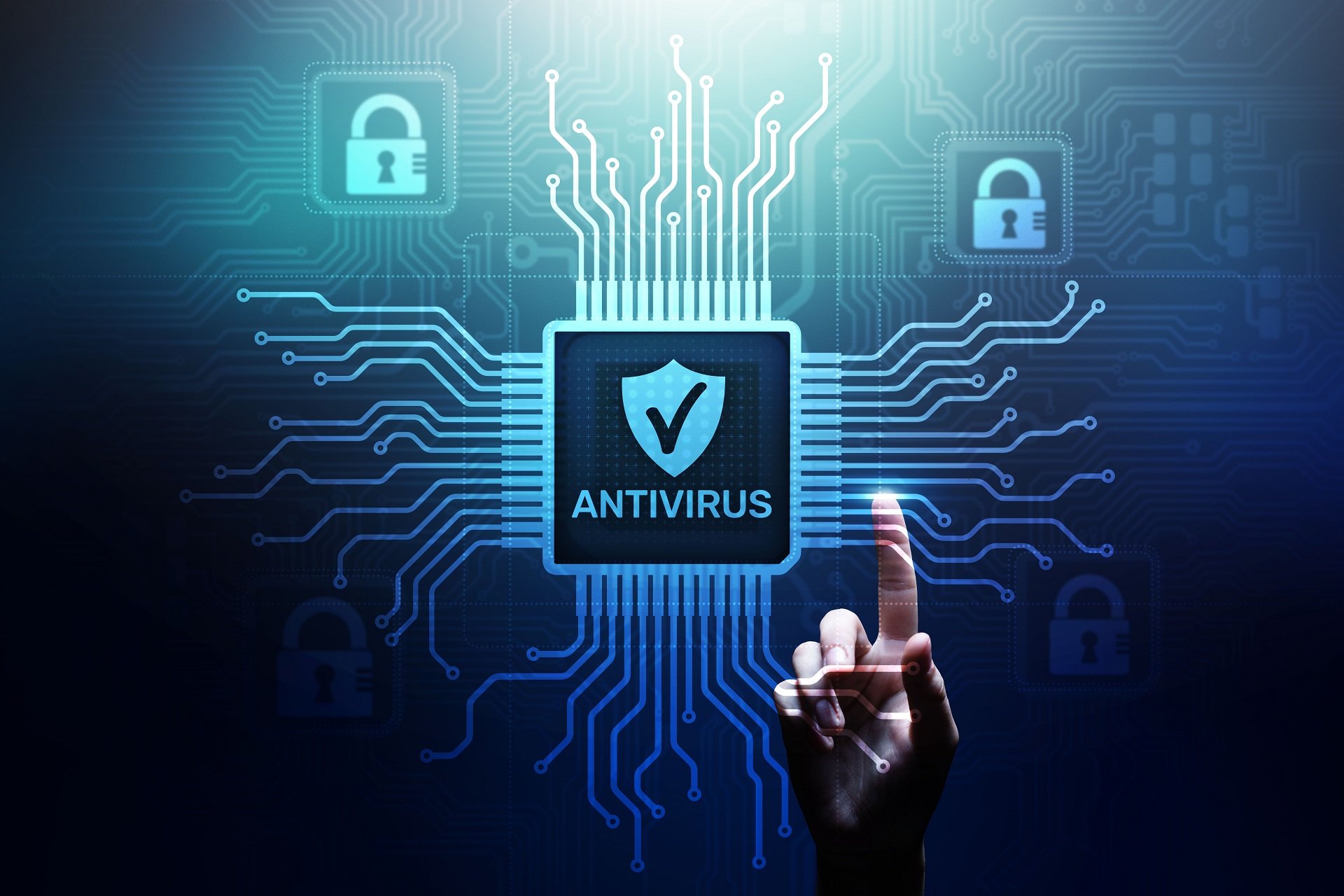

- #CLEAN INSTALL VIRUS MALWARE HOW TO#
- #CLEAN INSTALL VIRUS MALWARE MANUAL#
- #CLEAN INSTALL VIRUS MALWARE ANDROID#
- #CLEAN INSTALL VIRUS MALWARE SOFTWARE#
- #CLEAN INSTALL VIRUS MALWARE CODE#
Malware is malicious software that can sneak onto your phone.
#CLEAN INSTALL VIRUS MALWARE ANDROID#
Tips to help protect your Android device against viruses and other malware Viruses and other types of malware
#CLEAN INSTALL VIRUS MALWARE HOW TO#
How to remove viruses and other malware from your Android device How to check for viruses and other malware on your Android phone Signs your Android phone may have a virus or other malware Don’t open email attachments unless you’re expecting them.Į.What can viruses and other malware do to Android phones? Use a firewall. Windows Firewall (or any other firewall) can help alert you to suspicious activity if a virus or worm attempts to connect to your computer.ĭ. Install an antivirus program, and keep it up to date.Ĭ. Here are a few things you can do to reduce the chances of you getting another virus or malware infection:Ī. Once your machine is clean, an ounce of prevention is worth a pound of cure. Note that this will delete the files and programs on your computer, so be sure your important data is backed up before you reinstall Windows from scratch. You may also have a Windows installer disc you can use to reinstall Windows.
#CLEAN INSTALL VIRUS MALWARE MANUAL#
Many computers come with restore partitions that you can access by pressing a certain key during the boot process (consult your computer’s manual for the exact key). The final option, if nothing can remove the viruses properly – or if the malware so damaged your system that Windows still isn’t working properly after you’ve removed the viruses – is reverting your computer to its factory state. (If you don’t see the boot options menu, restart your computer and try again – you may not have pressed the F8 key at the correct time.) If you need Internet access in Safe Mode, select Safe Mode with Networking in the boot options menu instead.Ĥ. Run the antivirus program in Safe Mode and restart after you’re done cleaning up. To boot into Safe Mode, restart your computer, press the F8 key while the computer is booting up, select the Safe Mode option in the boot options menu, and press the Enter key.

In Safe Mode, Windows won’t load third-party software (including the virus), so you’ll be able to run your antivirus program without the virus interfering in the background. These scanners work differently than Anti-Virus programs, and can help clean non-virus infections.ģ. You can also run an Anti-Malware scan, such as SuperAntiSpyware™ or MalwareBytes™. Anti-Virus programs for your home computer are readily available (Norton™, McAfee™, Kapersky™, Avast™ are a few, but not all, options)Ģ. If you suspect that your personal home computer has been infected with malware, you can take the following steps:ġ.

You can open this application and scan your computer at any time. HLS installs Microsoft System Center Endpoint Protection on all Law School computer. Back up all important work and files immediately.Ģ. If ITS assistance is not readily available, or you are waiting for an appointment, here are some steps you can take on your own:ġ. For that reason, ITS recommends that you contact the Service Desk as soon as possible if you believe your computer may been infected with malware. Many viruses and other types of malware dig their hooks deep into your system, making them very difficult to remove. Unusual error messages If you suspect that you have a virus or malware, please seek assistance from ITS immediately. Here are a few signs that your computer might have a virus or malware:Ħ. How do you know if you have malware or a virus? An even more dangerous type of virus can be capable of transmitting itself across networks and bypassing security systems to infect other machines. Even simple viruses can be dangerous as they can replicate themselves and quickly use all available memory, bringing the system to a screeching halt. A virus is capable of copying itself, and typically has a detrimental effect, such as corrupting the system or destroying data – or worse, both.
#CLEAN INSTALL VIRUS MALWARE CODE#
what is a virus?Ī virus is really just a piece of code loaded on a computer without the user’s knowledge. A virus can also be malware, but other variants include: Trojan horses, worms, or spyware. The word malware stands for malicious software, and the term can refer to any piece of software or program that performs unwanted actions on a computer system. Education and awareness of this issue is key to protecting both your computer and your files. The methods used by attackers are becoming more sophisticated and diverse, leading to more things to avoid and watch out for on the web. Malware and viruses are attempting to infect computers and mobile devices at a rapidly increasing rate.


 0 kommentar(er)
0 kommentar(er)
